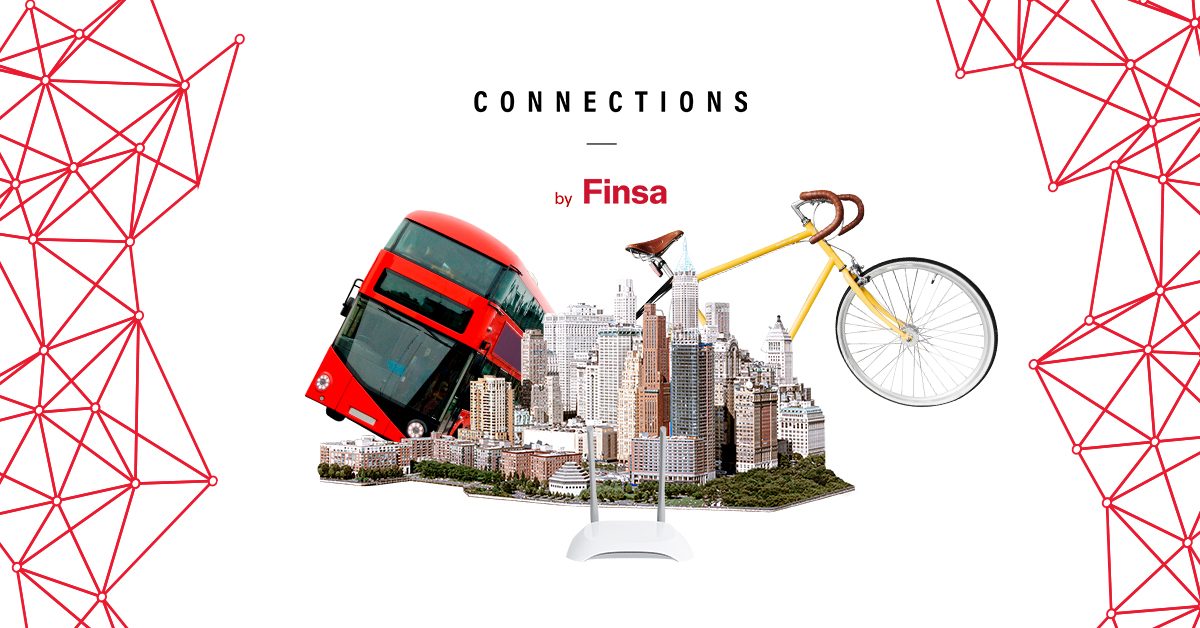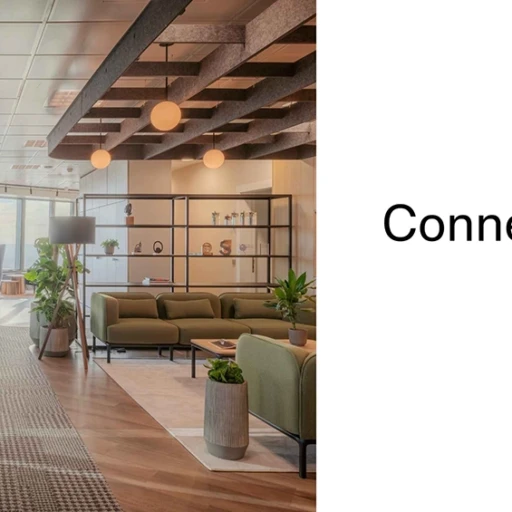The digital revolution is changing the world. Berlin was a pioneer of digital neighbourhoods, with their Zukunftsorte or ‘places of the future’, and other cities are following suit in an effort to prepare for some of the biggest global challenges, with climate change at the very top of that list. Smart cities, or cities 4.0, are sustainable, connected, and improved by the use of technology, all of which is achieved by digitally transforming existing neighbourhoods. Below are six examples of smart cities and neighbourhoods:

Seoul: a leader in digital development
The South Korean capital has demonstrated its leadership qualities over more than twenty years. At the Smart City Expo World Congress (SCEWC), which recognise the best initiatives in innovation and urban transformation, Seoul was awarded the Smart City prize for its digital inclusion policies across communication, mobility, safety, education, and the use of technology with its Smart Seoul platform.
The Asian megacity has been using big data for some time to develop their e-government and has also implemented mobile technology so that the city’s people can be involved in its management. Some of its more recent innovative projects include using autonomous patrol robots and smart beacons for children that transmit constant location signals in real time.
Ver esta publicación en Instagram
Ver esta publicación en Instagram
Barcelona: green transport, sensors, and smart bins
In order to improve mobility, Barcelona opted for public transport with a renewable energy system and a super-island model (there are plans for five in total), neighbourhoods that are self-sufficient when it comes to energy, and pedestrian streets with restricted vehicle access. There are also LED sensors on streetlights that monitor traffic, pedestrian flow, noise, and air quality. They can also control the lighting depending on needs.
Barcelona is also equipped with smart rubbish bins that include vacuums to suck up waste. They also reduce bad smells and collect data about where waste is accumulating, which improves the efficiency of the service.
Desenvolupem un model comú de registre d'algoritmes que garanteixi l'ús adequat de les dades a través de la xarxa Eurocities de diverses ciutats europees.
Es posarà en funcionament aquest 2023.
ℹ️ https://t.co/0YholVMdON pic.twitter.com/swKVrHSC04
— BCN Ciutat Digital (@BCN_digital) March 1, 2023
Ver esta publicación en Instagram
London: mobility and the fight against smog
London has a plan for its transition to a smart and sustainable city model. It already has the fastest free Wi-Fi in the UK, driverless vehicles (AKA Heathrow Pods) that connect the city and the airport, the biggest fleet of electric buses in the world consisting of 1,000 zero emissions vehicles, and an open data platform used by tens of thousands of people, businesses, and research institutions each month.
Ver esta publicación en Instagram
London is now focusing on electromobility, the use of digital twins and drones, the decarbonisation of transport, and creating low emissions areas with the goal of reducing its high smog levels.
Ver esta publicación en Instagram
Madrid: innovation hubs
Madrid’s digital transformation has been confirmed by the city’s commitment to public transport and smart mobility, sustainability, information and communication technologies, the combining of spaces, and participation of the people.
Ver esta publicación en Instagram
In order to achieve all of this, the city council has opened several innovation centres in recent months. There’s Madrid Innovation Lab (MIL), the epicentre of artificial intelligence and deep tech for disruptive technology initiatives, which is attracting and retaining talent and investment; Puerta Innovación, for entrepreneurs and startups working on mobility, energy, industry 4.0, or fintech projects; and Madrid Food Innovation Hub, an incubator for up-and-coming companies in the gastronomy industry, which has already helped 60 businesses. There are several more of these centre on the way, including Sandbox Mobility, the biggest testing ground in Europe for driverless cars, package delivery with drones and robots, and self-driving foodtrucks; and the Parque Tres Luces (Three Lights Park) in Ciudad Lineal, which will use plant energy to generate electricity, something we’ve already seen in Het Park van Morgen in Rotterdam.
Ver esta publicación en Instagram
Masdar: putting a stop to combustion vehicles
Located in the United Arab Emirates, Masdar is a new city with neighbourhoods designed around human mobility and which are connected by five different public transport systems. Vehicles with combustion engines are banned from entering the city.
Masdar has green spaces to keep the streets cool and minimises CO2 emissions by using for renewable energy and an urban model that brings residential, commercial, educational, industrial, work and leisure together. Bioclimatic design has been used for the buildings, which have been adapted to suit the desert climate and positioned so that they can make the most of air flow.
Ver esta publicación en Instagram
Ver esta publicación en Instagram
Copenhagen: the city of bikes
The smart evolution of the Danish capital continues. In 2017, incubator Copenhangen Solutions Lab was awarded a prize for its system that monitors almost everything in the city in real time, including traffic, waste management, air quality, and the use of energy. It connects traffic lights, parking meters, and charging stations with the goal of directing traffic and improving energy efficiency. All the data is then translated by an app that cyclists can use to help them through the streets. They can see when they will encounter red or green lights and they can plan their routes. There are 700,000 bikes in Copenhagen and 60% of the city’s inhabitants use them to get to work or school.
Ver esta publicación en Instagram
Other things that make Copenhagen leader in sustainability include the city’s urban gardens, with a quarter of the city being made up of green spaces and every new build requiring a rooftop garden, and the use of big data to minimise poor use of energy and water. The city has also invested in renewable energy sources such as wind, photovoltaic energy, and biomass. There are already plans to construct nine artificial islands to the south of the capital for wind farms and waste transformation.
Ver esta publicación en Instagram




